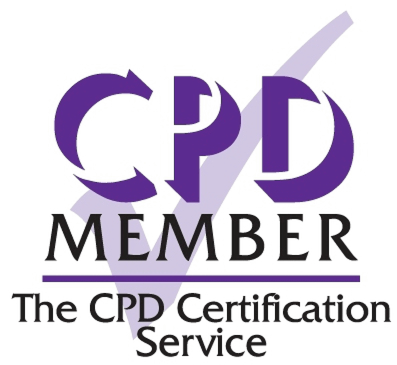Ongoing Support and Training Vital for Success of Assistive Technology Solutions
)
Assistive technology (AT) changes lives. It gives people with disabilities access to the technology they need to preform everyday tasks, thrive in school, go to college and excel in employment. But it’s a huge area, encompassing everything from simple, low-tech solutions to really sophisticated, high-tech devices and finding the right solution can be difficult in such a wide field. Add to that that technology needs don’t remain static, rather changing as people’s lives and circumstances change, and it can become mind-boggling.
We know that only one in 10 people who require AT have access to it. The complexity of the market has led to gaps in understanding and take up, something which leading AT provider Sight and Sound Technology is striving to address, according to its CEO Glenn Tookey.
“Collaboration is essential if we are to improve access to and use of AT and the outcomes for people with disabilities in education and employment and other aspects of their lives. It is not just the user themselves who needs information, support and training, but those around them, including schools, colleges, universities and employers. For us, collaborating at this level means that we can close some of the gaps in understanding on what AT is and how impactful it can be”
The impact of disability will vary for each individual so a one-size-fits-all approach is not suitable. We must remember too that disability itself is not static. A degenerative condition may deteriorate, changing a person’s AT needs and the level of support they need. They may require new technology and additional training and adaptations in their environment.
Sudden Sight Loss
.jpg)
Nicola King was already using assistive technology due to a vision impairment in her work as a litigation officer when her sight deteriorated significantly, leading to total sight loss. For Nicola and her employer, this meant adapting a complex work environment and ICT set up to meet Nicola’s needs as a blind employee.
According to her manager; “We were aware that it was not only Nicola who would require training, but also those working with Nicola. Our systems are so bespoke that we were initially unsure as to how our systems would need to be adapted and how complex this would be.”
Nicola’s role required her to handle large amounts of information and using multiple applications on screen simultaneously. She had been using ZoomText (screen magnification software) when she had some vision, but moved to JAWS, which reads aloud everything that is on the screen.
Nicola explains; “JAWS is able to select the information that needs to be read aloud on each page, and there are now a number of different ways that I can tab between the many applications that I use. Without these technologies, and the training I received from Sight and Sound Technology, I would be unable to work.”
Reducing the Impact of Dyslexia
.jpg)
Teacher Jilly Goddard was Coordinator of Individual Learning at Waldegrave School for Girls in Twickenham when she found her role becoming increasingly challenging due to dyslexia. Jilly was introduced to assistive typing and reading software solutions; Dragon Naturally Speaking and ClaroRead. To ensure she was able to seamlessly make the transition to using the software solutions at work, training, funded by the Disability Students Allowance, was provided by Sight and Sound Technology.
“Before, when producing reports, I would either have to slowly type out the documents myself or ask someone to assist me. With the technology, I was able to effortlessly dictate what I wanted to type and then playback my work in a voice that is easy to understand. It’s a factor of both the good training and the good products that have enabled me to make the change. I can only explain it as being life-changing, enhancing, liberating.”
Lifelong support and training is the key to maximising the impact of technology, according to Glenn Tookey. “We know that it can be difficult to navigate this vast sector and I strongly believe that we in the industry have a responsibility to do more than develop and sell technology; we must provide the ongoing support necessary to ensure that assistive technology transforms lives.”
.jpg)
Sight and Sound Technology has been providing education and support for over 40 years. Contact the team on 01604 798070 or info@sightandsound.co.uk or visit www.sightandsound.co.uk to find out more.

